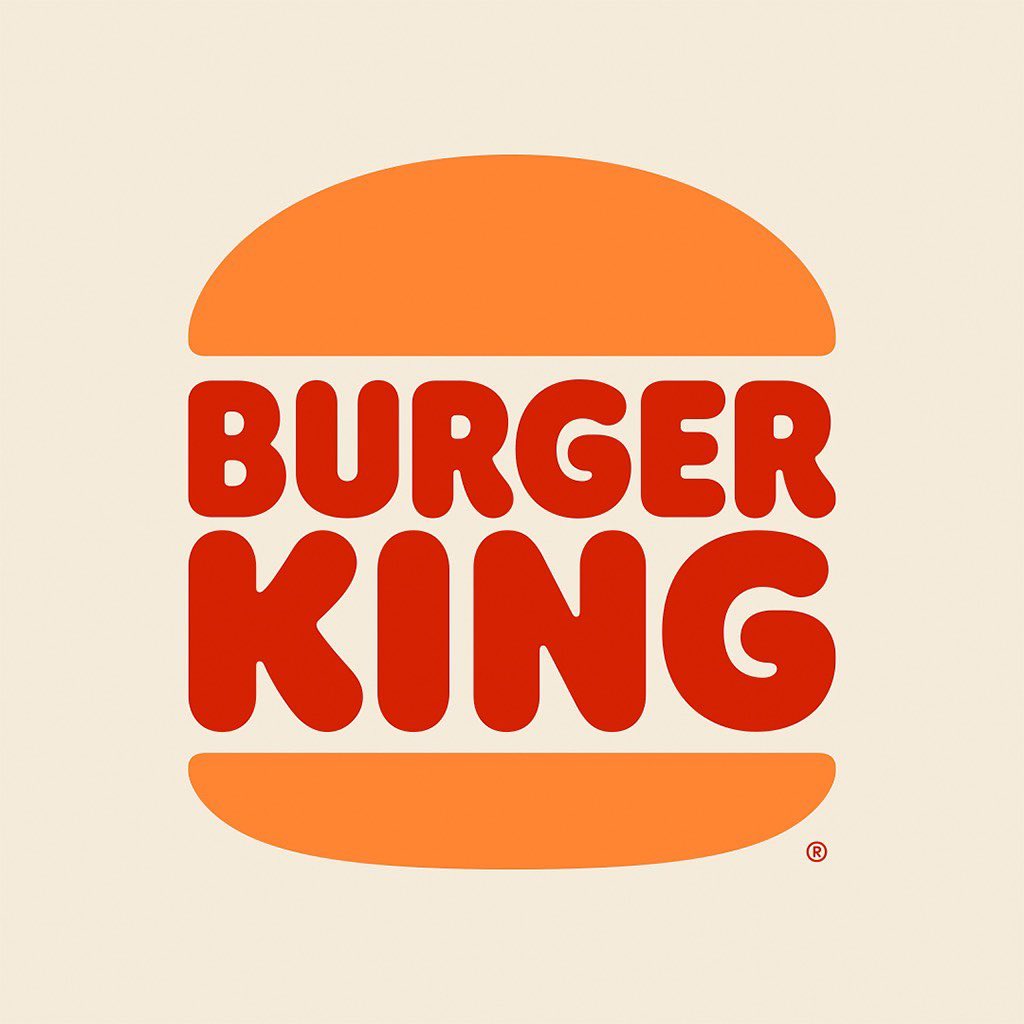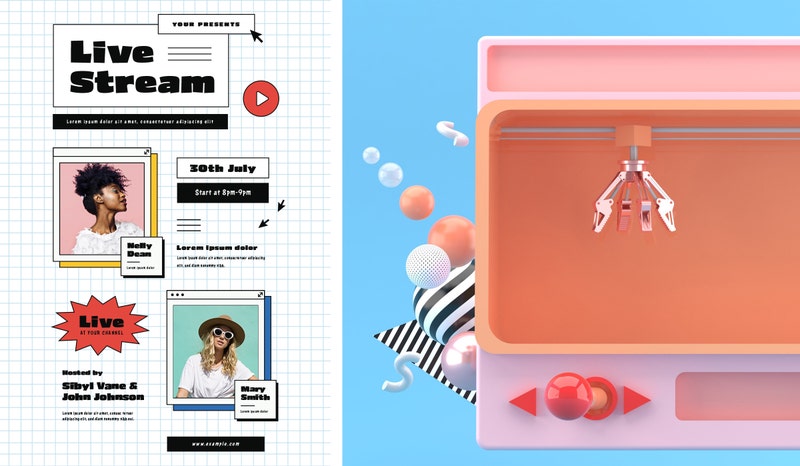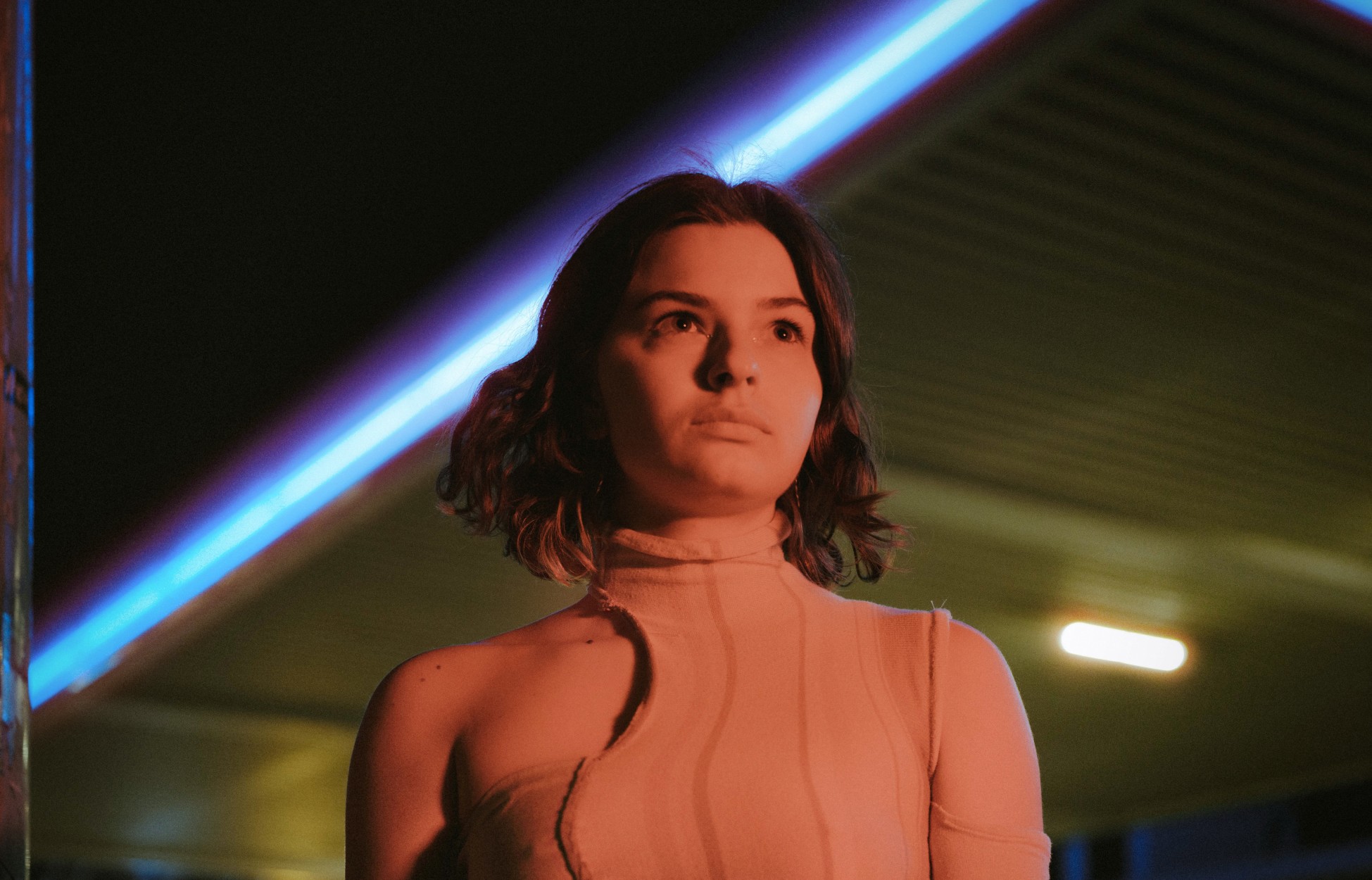Visual Communication
2021 Visual Trends: 'Technicolor Dreams' Pictures Post-Minimalism
By Ellen Clipson - 4 min read
Dive into our latest visual trends image collection ‘Technicolor Dreams’ to find out how the revival of retro aesthetics will elevate your image choices in summer 2021.
The 70s—an era known for experimentation, eclecticism, and good vibes. As we move into summer 2021, many brands have begun to take notice of the revival of retro aesthetics that shaped the 70s design, interiors, fashion, and beauty.
Keep reading to find out why taking a style rewind with your brand photography can be an effective response to the deeper themes of uncertainty and social unrest that continue into summer 2021.
Take a look at our brand-new Technicolor Dreams image collection to see more visual inspiration and license commercial images for your 2021 summer campaigns.
Post-Minimalism: Retro Revival of 70s and 90s
As we move through 2021 we see the return of vintage color palettes, nods to nature and sustainability, and the use of psychedelic patterns and the bold retro typography begin to gain serious momentum.
Along with this visual shift back in time to the iconic trends of the 70s and 90s, comes complex narratives of timeless nostalgia, social change, and the celebration of imperfections. If taken into consideration when developing your brand photography, images with the right look and feel can create the type of optimistic and progressive visual marketing campaigns that consumers are looking for.
The Consumer Search For Optimistic Visual Marketing
The 60s visual landscape represented themes of diligence with it’s blocky, clean, and bright aesthetics. The 70s however, represented an explicit rejection of the man-made and synthetic style of the 60s in favor of a design liberation—particularly in interiors and fashion.
The bold use of complex textures, fluid patterns, low-lit and intimate interiors creating a new creatively mature canvas for the 90s to explore technology trends and new interfaces without being constrained to certain visual principles.
The 70s also represented a time of social unrest, change, and liberation. It was a move back to the importance of human connection, love, and escapism. Narratives that we can see shaping our world today as societies around the globe adjust to the ‘new normal.’ As we move through 2021 the longing for ‘the good old days’ could be showcasing the millennial’s very own post-modernity.
“rejecting uniform aesthetics for the feeling of individuality and rule-breaking.”
Is This The Beginning of Post-Minimalism?
We continue to see consumers actively searching for clarity and new opportunities to shape and create their own futures. The minimalism movement of the last decade characterized by neutral and white color palettes and simple scandinavian design could begin to feel restrictive and non-personal.
We recently explored why it is time for brands to take risks with their images, and we already see many brands starting to play with the opportunities that post-minimalism represents. Using their brand photography to bring bold and strong marketing messages designed to engage the new wave of consumers rejecting uniform aesthetics for the feeling of individuality and rule-breaking.
Why Your Brand Should Revive The Retro Feel
Visual modernism and the resurgence of retro nostalgia is beginning to influence every industry. From fashion to typography, subtle nods to the 70s, 80s, and 90s began way before 2021. Since being appointed as creative director in 2015, Alessandro Michele made Gucci relevant again by taking it back in time with it’s maximalist and kitsch rebrand. Something that brands like North Face are starting to benefit from.
Interior design has always integrated the use of 70s style. However, the industry is now taking a step back from cautious use of one-off statement pieces and a bold step towards full embrace of the style often seen to be “an ugly mistake.” So, why do we begin to see the retro revival take flight across all industries now?
1. Optimism
Post-minimalism represents a collective movement towards curiosity, excitement, and the freedom for forward thinking individuals. Although it might look very different today than it did in the 70s, 80s, and 90s—hope and optimism remains.
Following the global pandemic and adaptation to the ‘new normal’, many consumers long for creativity, self-expression, and build their new lifestyle on their terms. Arguably why they feel more engaged by brand photography that represent an era where these themes were championed.

When it comes to graphic design trends the rise in positive color psychology and psychedelic patterns pays credit to the 70s reputation of eclectic style where breaking the mould was encouraged. Whereas in the 90s a new sense of freedom opened up from the digital horizons with consumers beginning to embrace digital realities and build their social networks.
2. Simplification
Model Kendall Jenner’s recent sweater and loafer fashion moment took social media by storm this week not because it was a revolutionary fashion moment but because it was a visual representation of simpler times. Something we can all hold onto right now. When we talk of post-minimalism, it’s important not to dismiss consumers continued desire for minimalism. Instead, try seeing the revival of retro aesthetics as a new way of visualizing it.
At a time when consumers, particularly Millennial and Gen Z, are facing economic hardship and career instability, they are on search for stability and start pointing towards times with less complexity which often serve as reassurance and confidence booster.
Softer washes of vibrant colors, curved and geometric patterns, and bold typography bring simplification and clarity. Take Burger King’s first redesign in 20 years as an example.

Source: @burgerking / Instagram
It’s new retro design acts as a symbol of a light-hearted and playful lifestyle. Representing the current opportunity for other brands to reduce the visual noise and take simple style tips from the decades gone before us.
The same goes for visualization of technology. We continue to see younger consumers glorify older technology. From analogue cameras and the rejection of smart phones, to the rise in second hand cars and home-gadgets, there’s a new desire for the timeless and reliable over what is new and unknown. Something that gains even more weight within the context of 2021’s environmentmental urgency.
3. Cultural Change
Although the 70s can be labelled with ‘good vibes,’ it also stands to represent an era of social unrest and cultural shifts. Something that is being mirrored in 2021. Following critical social movements such as Black Lives Matter and recent protests against Asian hate crimes in the USA, it’s becoming explicitly clear that consumers expect brands to change the way that they visualize the world. Consumers are more likely to desire bold brands that are responsive and relevant, not only with their words but also their imagery. We see this reflected in the move towards retro visuals too.
The Art Nouveau movement is often seen as one of the key influences on the imagery born out of the 70s. Art Nouveau represents ‘rebel artists’ paving new depictions of imagination, creativity, and ‘soul’ led imagery. In the same way, the psychedelic patterns, muted colors, and curved silhouettes of 70’s fashion and hair styling showcase fluid thinking instead of fixed mindsets. The revival of these visual elements and design choices in 2021 could also be seen as a new way of reflecting social change and the call for liberation.
4. Connection
The virtualization of our lives, particularly our social interactions, has led many consumers to long for human connection and collective escapism. Themes that are often associated with the free love movements of the 70s and continued through the introduction of mobile technology and clubbing movements of the 90s.
As well as an exploration of soft textures, natural materials, and low-lit imagery which create a highly intimate and almost seductive aesthetic famously associated with 70s plush interiors. The normalization of Augmented Reality (AR) and Virtual Reality (VR), community and creativity are now experienced differently. In many ways, consumers are more likely to experience the feeling of connection and togetherness than a highly curated, perfectly designed experience. We see these changes reflected in the move towards 90s-inspired marketing visuals that combine analogue and digital elements, the use of digital stickers, and pixelated graphics.

We also see a huge rise in consumer’s desires to feel more connected with nature by building “cocoons and starting to make their living rooms feel more sociable”. Not only do we see a huge rise in house plants, something pioneered in the 70s, but also a commitment to sustainability and thrifting. Consumer habits like this are reflected in retro imagery as we see styling choices centered around second-hand clothes and the use of earthy tones such as olive green, burned orange, deep browns, and our color of the year–mellow yellow.
Embrace New Age Retro
There is a new era of post-minimalism which suggests brands should replace clean, generic, and neutral brand photography in exchange for fun, fluid, and playful images. In 2021 we’re encouraging every brand to try out retro images to create an optimistic and clear marketing message that promotes individual creativity, social change, and human connection.
Take a look at our Technicolor Dreams visual trend collection to find images that fit the brief and will elevate your marketing campaigns this summer.
